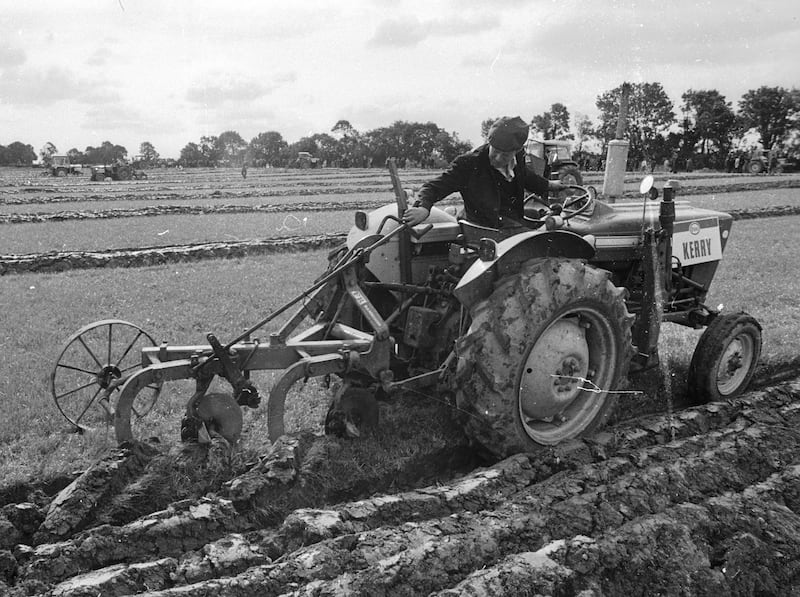In 1973, the year Ireland joined the European Union (or then EEC), the Irish Republic had a population of three million, its citizens were, on average, poorer than the average European, and food and live animals made up 41 per cent of all exports. John and Mary were the most popular birth names and the average age for a bride was 24.8 years.
Ireland’s population now exceeds five million, its citizens are on average better off than the average EU citizen, and last year food and live animals made up 7.1 per cent of all exports. Emily and Jack were the most popular birth names, and the average age of a bride (in opposite sex marriages) was 35.4 years.
To mark the half century of Ireland’s EU membership, the Central Statistics Office (CSO) has published a picture of Ireland then, and Ireland now, using numbers and statistics to illustrate the huge gulf between the two.
The document begins with a pen-picture of 1973, when Thin Lizzy had a hit with Whiskey in the Jar, a pint of milk cost five pence, and the Arab-Israeli war send shock waves across the globe, sparking a staggering 300 per cent increase in fuel prices and a shift towards more fuel efficient cars.
READ MORE
One of the most striking changes over the period has been the population growth. Having declined from 1841 to a low of 2.8 million in 1961, the population has grown by almost 73 per cent between 1971 and 2022, census data shows, and is now at its highest level in 171 years.
As well as increasing in number, the make-up of the population has changed. In 1971 almost half (47 per cent) of the population was under 25 years of age. By last year this had fallen to 32 per cent. Meanwhile the percentage of the population aged 65 and over had gone from 11 per cent to 15 per cent. Life expectancy, at slightly over 71 years in 1971, had lengthened by ten years by 2016.
The economy has changed beyond recognition. Total exports of goods has exploded, from €1 billion in 1973 to €208 billion last year. Agriculture, which accounted for 24 per cent of the workforce in 1973, accounted for just 4 per cent last year. The number of non-Irish citizens working in the Irish economy has gone from just over 50,000 in 1998, to 470,000 last year.

In 1973, there were 22,816 marriages. Only 23,173, or just 357 more, took place last year, despite the huge increase in the population.
The location for the marriages has changed hugely, with 96 per cent of all marriages involving a Catholic ceremony in 1973, and only 42 per cent last year. The average age for grooms has gone 27.2 years in 1973 to 37.4 years last year (in opposite sex marriages).
Mean residential property prices have exploded, from €9,000 in 1973 to €366,653 last year, while nominal weekly industrial earnings have gone from €38.25 to €825.
The average household in 1973 was spending much more of its budget on food, drink and clothing that is the case these days. Basket of goods and services statistics for 1975 and 2016 show food going from 30 per cent to 10 per cent of household budgets, while housing went from 6 per cent to 10 per cent.
The price of cabbage, which used to be recorded as part of the basket of goods index, has been replaced by broccoli.
The oil price shock of the 1970s led to an increased market for European cars, while Japanese and Korean cars have more recently shot up the popularity stakes. There were two Porsches registered for the first in Ireland in 1972, and 376 for the first time last year.









